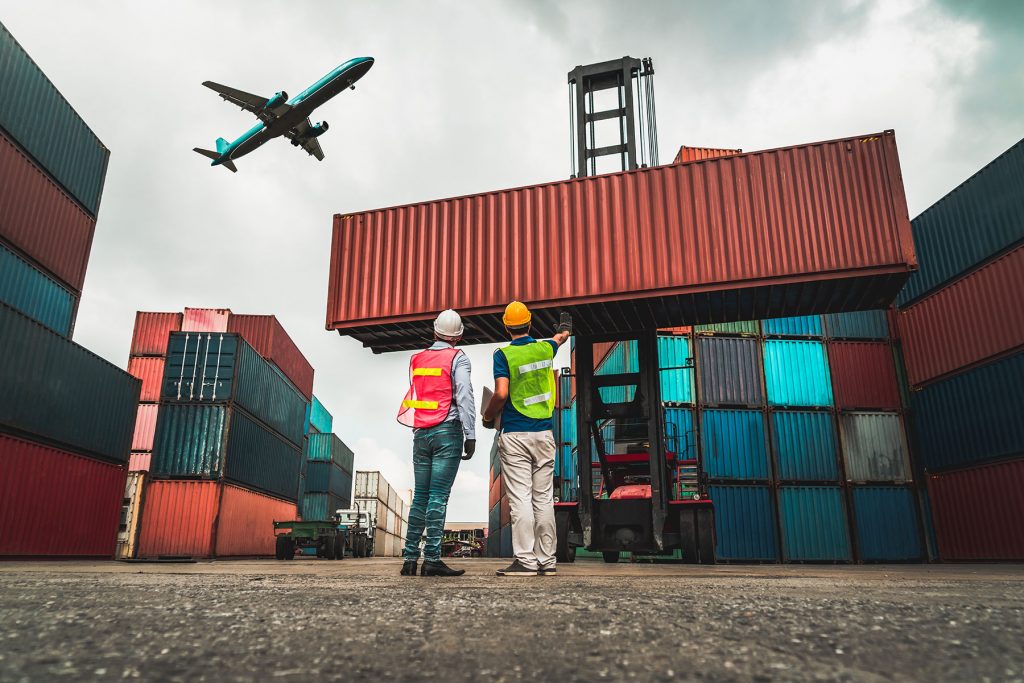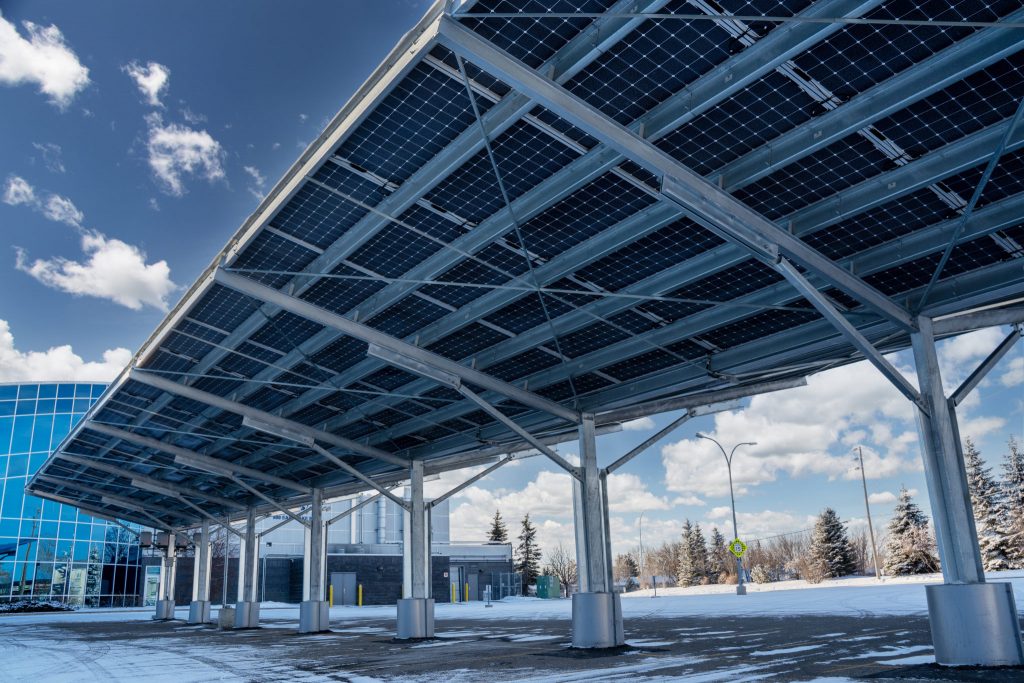Global warming is a clear and present danger that is threatening to cause devasting effects on our environment.
From heat waves to flooding and even desertification, it’s no wonder nations have all signed the Paris Agreement to reduce global emissions helping to limit global warming. However, this can only be accomplished with the help of commercial industries that power global trade.
Specifically, there is a need to work with global trade partners to decarbonize the supply chain.
This will mean fueling the transition towards lower-emission energy sources and the development of more sustainable emission-free solutions and technologies.
Why Must We Decarbonise Supply Chains
Supply chains consistently move goods and products around the world. Whether it is through shipping vessels or through air freight, fossil fuels such as heavy fuel oil are burned to power the engine of modern commerce.
This results in huge amounts of greenhouse emissions that can account for the majority of a company’s total carbon footprint.
Thankfully, there are many solutions available for companies to embark on the decarbonisation journey.
For example, utilising more renewables such as solar power is a clear alternative. This allows supply chains to electrify their manufacturing processes and to convert as much as possible their mobility needs from fossil-fuel powered to electric-powered.
In this article, we will go through how organisations can start to decarbonise their supply chains.

5 Steps To Decarbonize A Supply Chain
1. Understand Your Emissions Level & Carbon Footprint
A realistic decarbonisation journey starts by understanding your organisation’s carbon footprint throughout your value chain. This can include manufacturing plants, transportation hubs and freight forwarding units.
Understanding the areas where you generate the most emissions allows you to immediately zero in on big-impact areas where you can make the most difference.
You’ll be able to take stock of your current energy efficiency, use of renewable energy and areas that are mission-critical. Creating this roadmap will allow you to decarbonise your supply chain with minimal disruptions to your business operations and bottom-line profitability.
2. Engage With Your Suppliers
Now that you understand your supply chain better and areas of high emission, you can effectively start engaging with your suppliers.
You can effectively engage with the ones that emit the highest levels of greenhouse gasses and understand if there are alternatives that have a smaller carbon footprint.
You can also create different tiers of suppliers where decarbonisation efforts play a key factor if they get invited for bids and tenders. Financing projects that are green is also a powerful incentive to get suppliers to decarbonise their processes to meet their buyer’s requirements.
For example, IKEA, the Swedish multinational has set targets to reduce emissions. This means collaborating with companies within the value chain that are committed to reducing their carbon footprint.
3. Switch To Renewable Solar Power
Solar power is one of the most reliable sources to start decarbonising your energy sources. Most energy that is supplied from power grids, especially in South-East Asia comes from the burning of fossil fuels, mainly heavy fuel oil and natural gas.
This contributes in a big way to your organisation’s carbon footprint and can only be mitigated by generating your own source of renewable power.
By using solar grids and solar arrays, you’ll be able to build efficient solar power systems in your facility and decarbonise your energy supply.
4. Optimise Your Logistics & Procurement
One of the ‘free-wins’ you can accomplish is to optimise the way you engage with the supply chain. There are normally deep inefficiencies in how you ship out products or bring in raw materials.
This includes route optimisation, right-sizing vehicle fleets and the various modes of transit. In addition, switching to electric power where possible will help to decarbonise your supply chain. This can include the use of biofuels for ocean freight and electric cars and trucks for land delivery.
In addition, you can also practice resource efficiency by optimising your use of raw materials and optimising your manufacturing processes and distribution centres.
This allows you to cut down on your carbon footprint directly at the source. The less you need to import, the less emissions are directly used.
5. Utilize Data-Driven Insights To Decarbonise Your Own Processes
With the insights you gathered from your decarbonisation audit, you can utilise them to decarbonise your own processes.
By understanding areas that aren’t mission-critical, you can experiment with finding innovative alternatives or suppliers to reduce the carbon footprint. This allows you to ‘test drive’ alternatives without affecting your main operations.
This can include digitising your procurement process, using blockchain technology to fuel transactions and advanced manufacturing technologies such as the Internet of Things (IoT) to continuously optimise your manufacturing processes on the go.

At TotalEnergies ENEOS, we help companies and organisations build effective and efficient solar systems, allowing them to better decarbonise their supply chains.
One such example is our solar module solutions done for Golden Victory Vietnam Co., Ltd., a key supplier for a globally renowned sportwear brands that help to maximise their existing facilities for renewable power generation.
To learn more about our business and how we can help with your solar system solutions, click here, or contact us directly for more information.
